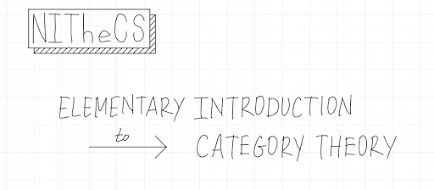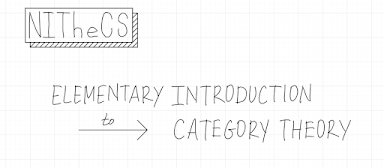Lecture 4: Natural Transformations

This is the last lecture from NITheCS October 2021 Mini-School. 4.1. The Notion of a Natural Transformation Consider functors F and G between two categories, denoted by blackboard bold C and blackboard bold D: A natural transformation from the functor F to the functor G is defined as follows. Let us unpack this definition. As every other mathematical idea, a natural transformation consists of a "structure" having a certain "property". The structure of a natural transformation is given by a system of arrows in the target category (the target category of functors F and G). This system of arrows is parametrized by objects of the source category. For each object "t" of the source category, there is an associated arrow in the category (blackboard bold) D. As shown above, the source of that arrow is the object F(t) in D, and the target is G(t). This system of arrows must have the following property in order for it to be called a natural transformation from t...

